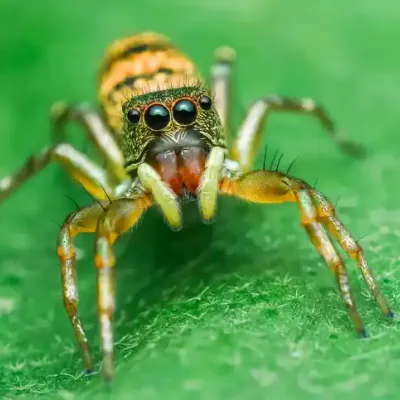About Jumping Spiders

Appearance: Black, brown, tan, or gray with pale markings; furry and compact with small legs; 1/8 to 3/4 of an inch in length
Region: Found throughout the U.S.
Diet: Jumping spiders are carnivores, typically eating smaller spiders and insects.
Habitat: Found all over the world, jumping spiders can be found in Tropical forests, deserts, and grasslands. While they prefer the outdoors and can be seen running or jumping on tree bark, decks, and stones, inside you will commonly find them in doorways or windowsills because they are often in search of where insects frequent.
Threats: Jumping spiders are non-aggressive but can bite in self-defense although it is uncommon. If a bite does occur, symptoms are typically mild.
Control: Seal any points of entry, including cracks and crevices that are visible. Regularly vacuuming, fixing window and door screens that have tears, and keeping your lawn maintained are also preventative measures.
